Sorrel in Dorking opened in 2017, and is housed in a three-hundred-year-old building that was previously home to a Pizza Express. Sorrel is run by Steve Drake, who previously worked at The Ritz and even with the legendary Marc Veyrat in Annecy back in 2001, when he won the Roux Scholarship. The dining room, seating around thirty customers, had well-spaced tables with proper linen tablecloths, a nice change in this age of hard surfaces and bare tables. There were two menus on offer: a shorter one at £85 and a full tasting menu at £145.
The wine list had 130 labels and ranged in price from £34 to £326, with a median price of £76 and an average markup to retail price of 3.2 times. Sample references were Seriously Cool Chenin Blanc 2023 from Waterkloof in South Africa at £46 for a bottle that you can find in the high street for £11, Morgon Les Charmes Domaine de Lathevalle 2019 at £62 compared to its retail price of £19, and Band of Vintners Cabernet Sauvignon 2019 at £94 for a wine that will set you back £35 in the high street. For those with the means there was Antinori Tignanello 2018 at £300 compared to its retail price of £176, and Joseph Phelps Insignia 2000 at £426 for a wine whose current market value is £274.
The meal began with a sequence of canapes. A take on the classic Jammie Dodger biscuit was a shortbread flavoured with Montgomery Cheddar, filled with a pear and saffron relish in place of the sweet fruit jam filling of the original biscuit. The shortbread had excellent texture and the cheese flavour came through well, with balance provided by the relish. A wakame seaweed and buckwheat croustade was filled with raw mackerel and curry oil flavoured with yuzu mayonnaise, topped with daikon radish and marigold leaf with wakame powder. The mackerel was perhaps a little dominated by the other elements but this still worked quite well. Best of the canapes was beef shin croquette that was served hot and flavoured with dill mayonnaise, grated Brazil nut and pickled mustard seeds. This had lovely flavour, the gentle heat of the mustard seeds cutting through the richness (15/20 average for the canapes).
Salt baked and pickled beetroot was served with an aged Comte cheese mousse flavoured with Douglas Fir pine, red amaranth and rose and beetroot syrup. This was a lovely dish, the earthy beetroot working really well with the cheese mousse, the beetroot itself of high quality (16/20). Sourdough bread was made from scratch in the kitchen and had excellent texture, served with Irish butter.
Scallop was served with monk’s beard (a grassy vegetable a little like chard) and a layer of lardo di collonata, miso butter, oscietra caviar (from Exmoor caviar), anchovy crumb, chives and chervil. Quite a lot was going on in this dish, but the scallop itself had plenty of natural sweetness and was lightly cooked, the miso flavour going nicely with the scallop and the brininess of the anchovy balancing the sweetness of the scallop (16/20). This would have been even better with a classier caviar.
Pork belly had been slow-cooked for 24 hours then lightly barbecued to finish, glazed with coffee and raspberry vinegar, served with turnip and yeast puree, frisee salad with a raspberry vinaigrette and a turnip sauce. This was another good dish, the sharpness of the raspberry vinegar ensuring that there was enough balance to the richness of the pork belly (15/20). Brill was served resting in a champagne veloute, with truffle mousse, braised leeks, field mushroom and dried grapes. The sauce was excellent, the grapes a nice pairing for the fish. Perhaps turbot would have worked even better here (15/20).
Highland venison was roasted with bone marrow and English mustard, served with pickled celeriac, ox tongue, and parsley sauce finished with Laphroaig malt whisky. The venison was carefully cooked and had very good flavour, the earthy celeriac and its pickling juices a successful pairing for the richness of the meat. I am not quite sure what the ox tongue really added to the dish, but otherwise all the elements seemed harmonious (15/20).
Baron Bigod cheese came with dried apricot, atsina cress and amaretti with a garnish of Roscoff onion. The cheese was in excellent condition and the high-quality onion was a nice touch. Blackberry Waldorf featured candied celeriac, caramelised walnut parfait, Granny Smith green apple and sorrel sorbet with poached blackberries (15/20). Poached pear came with hibiscus flowers, cardamom ice cream, sheep’s yoghurt mousse, and rocket. The pear was very good, as was the mousse, but the rocket seemed like an unnecessary intrusion of greenery into the dessert (14/20).
Coffee was from Difference Coffee, a choice including Brazil Yellow Bourbon (£6), Jamaican Blue Mountain (£9.50) or the lovely Panama Geisha (£11.50). Service was very good, the staff being friendly and helpful. The bill came to £187 per person before tip. If you went for the shorter menu and shared a modest bottle of wine then your bill might come to around £115 or so per person. The restaurant was completely full on this Friday lunch, so the locals have clearly figured out the quality that is on offer here. Sorrel served high class food that thoroughly deserves its Michelin star.
Further reviews: 11th Dec 2018









































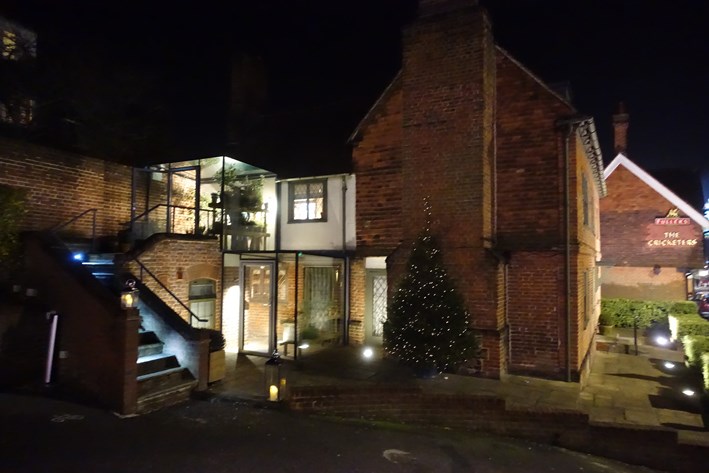
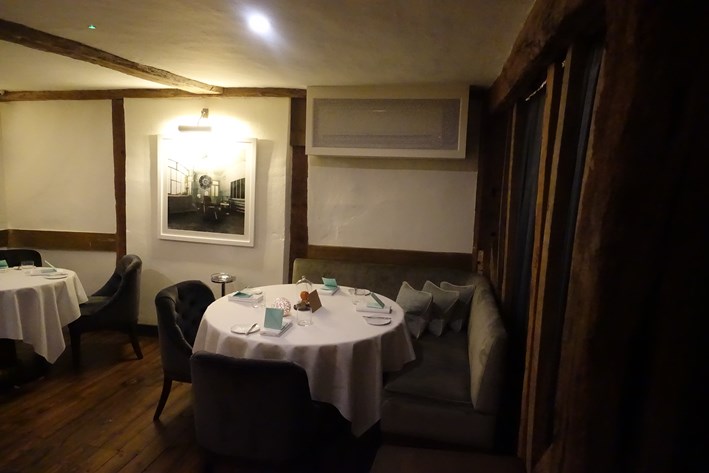
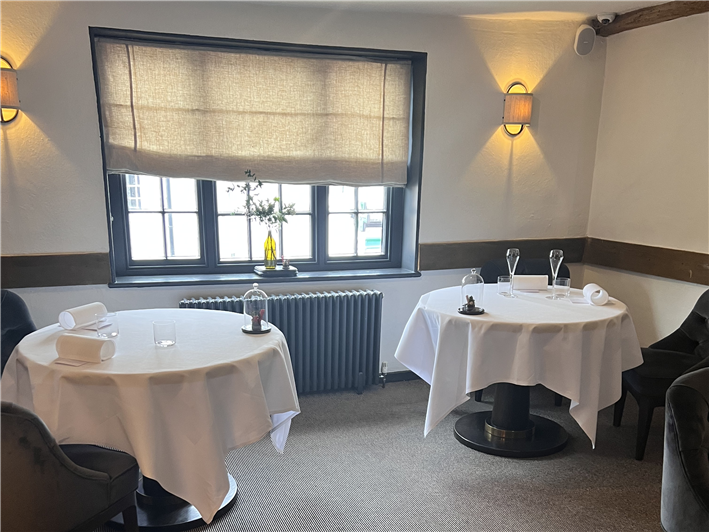
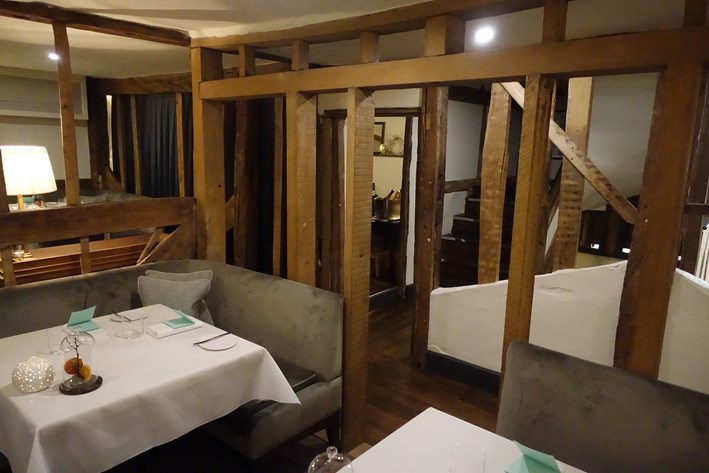
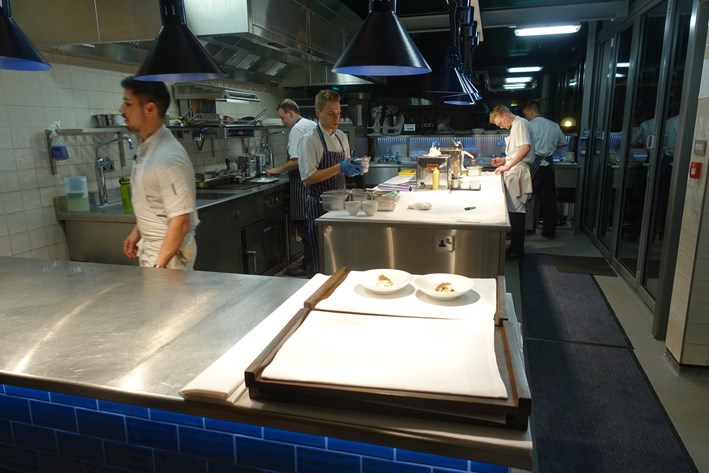
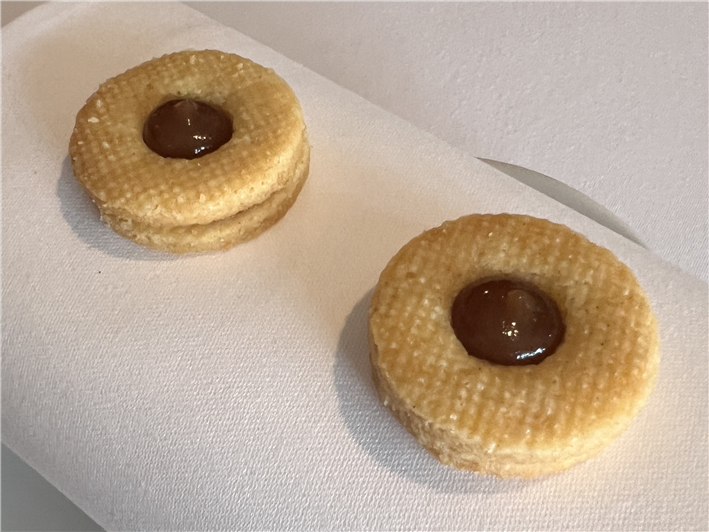
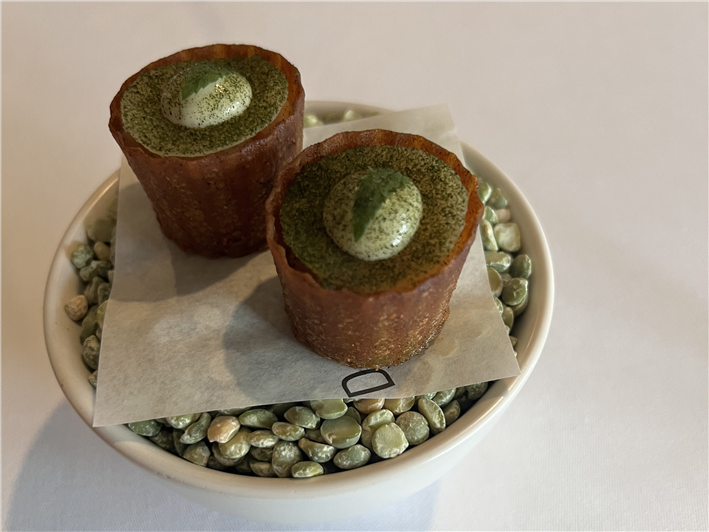
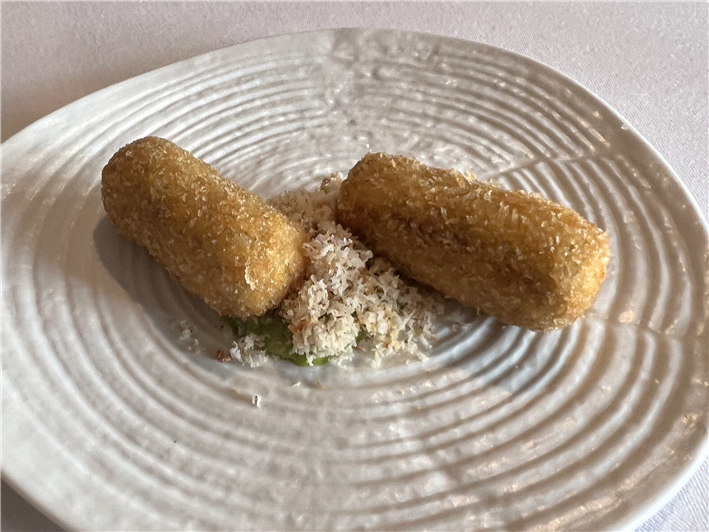
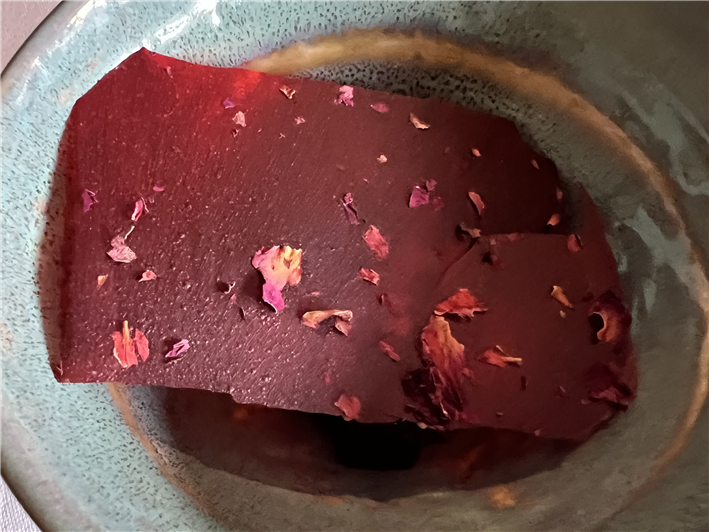
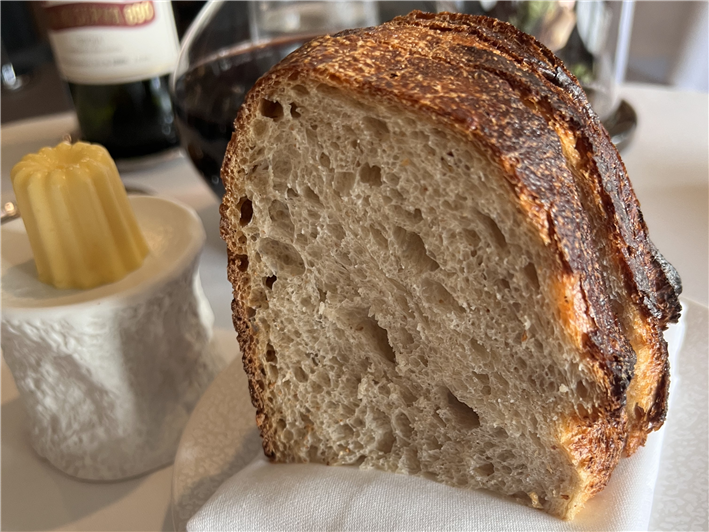
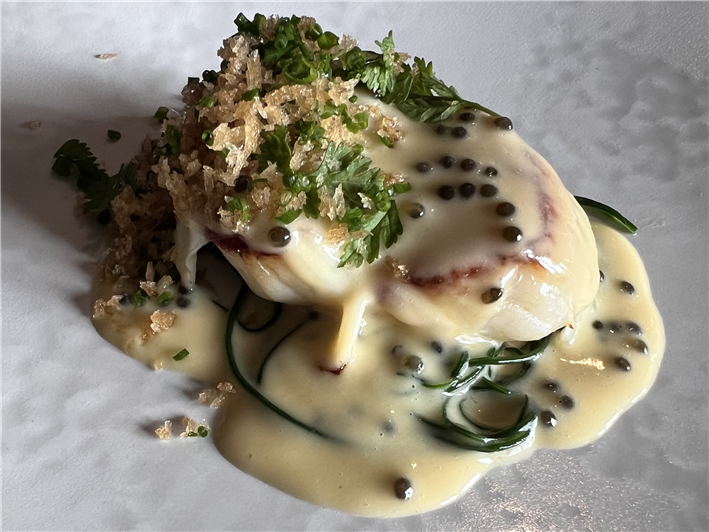
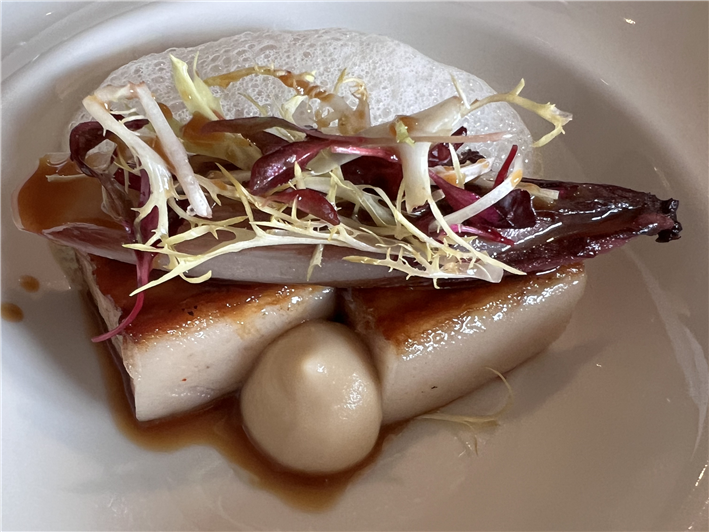
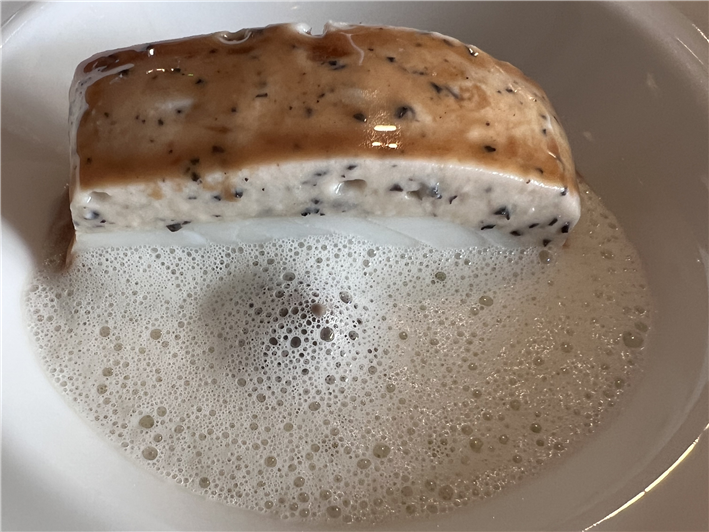

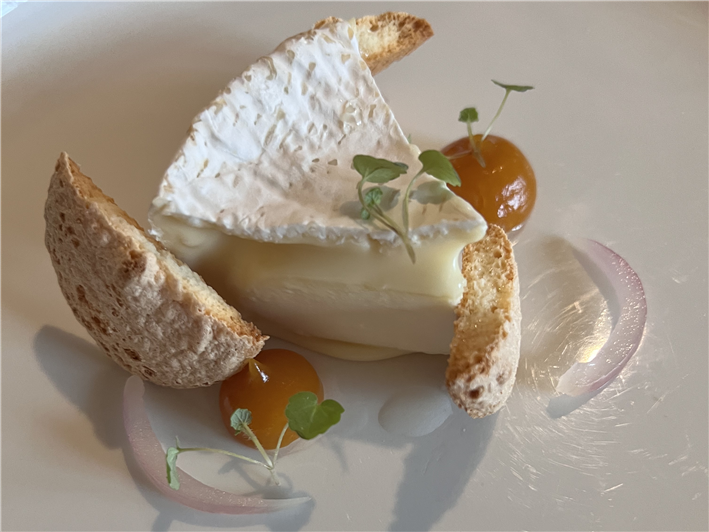

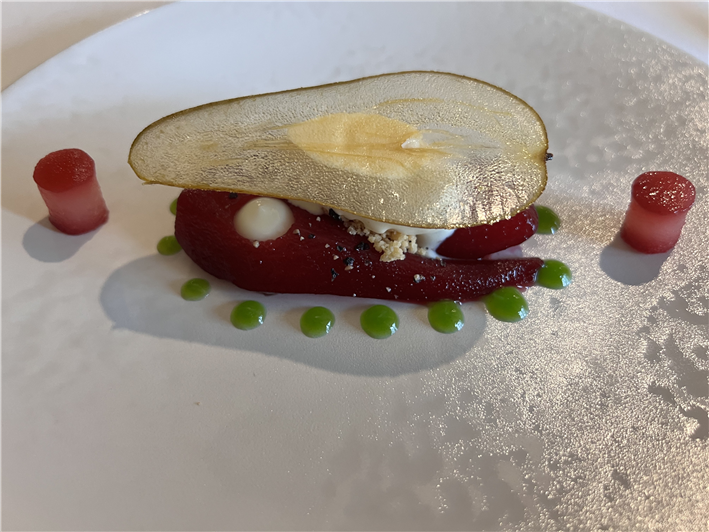
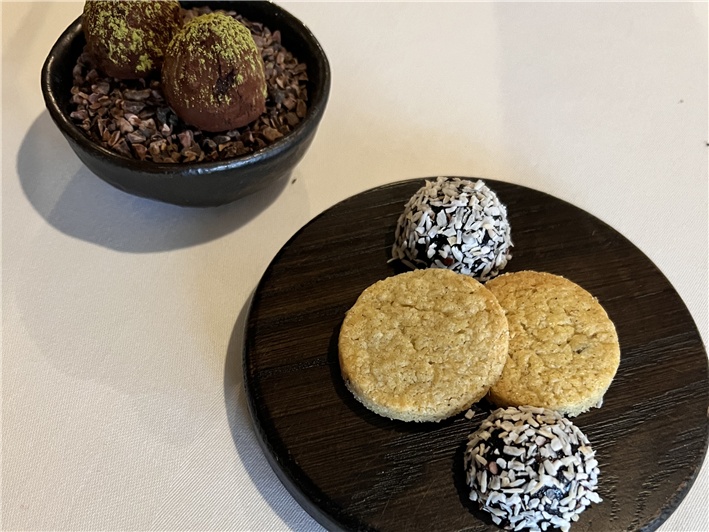

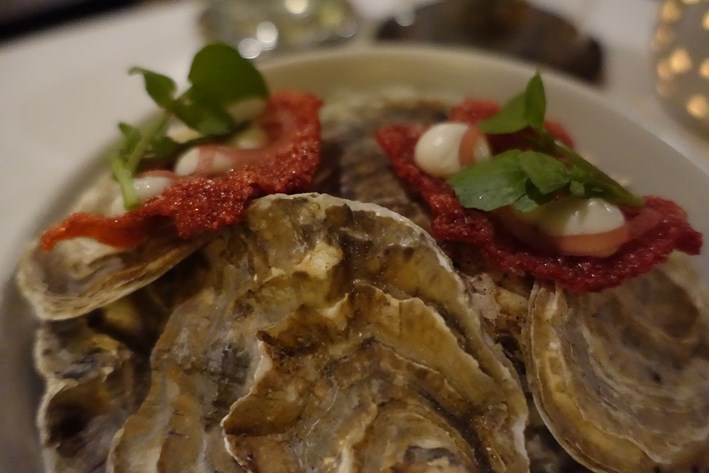

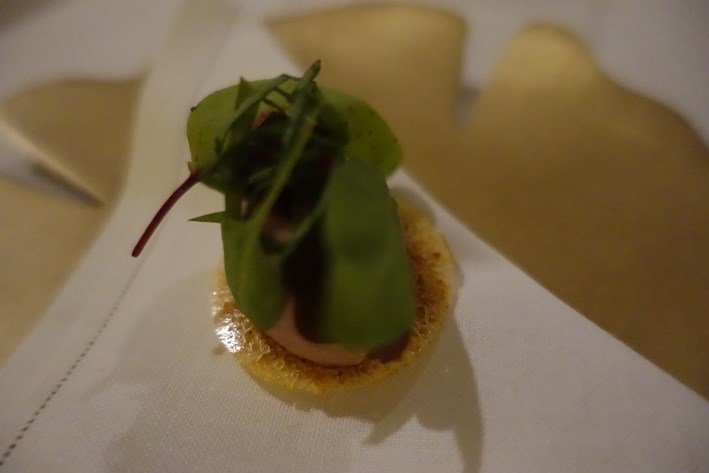
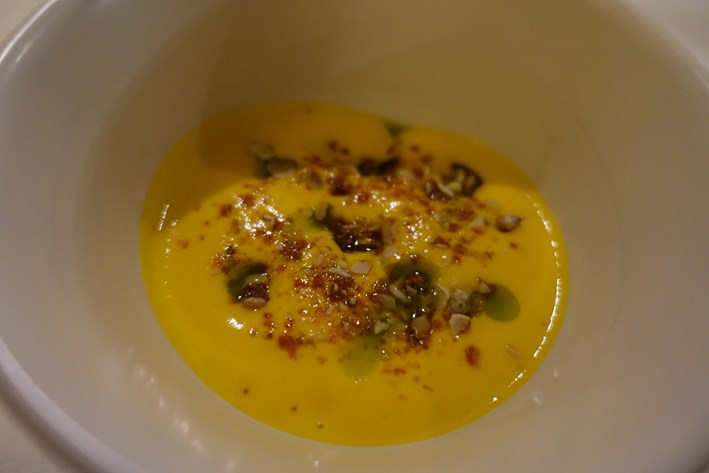
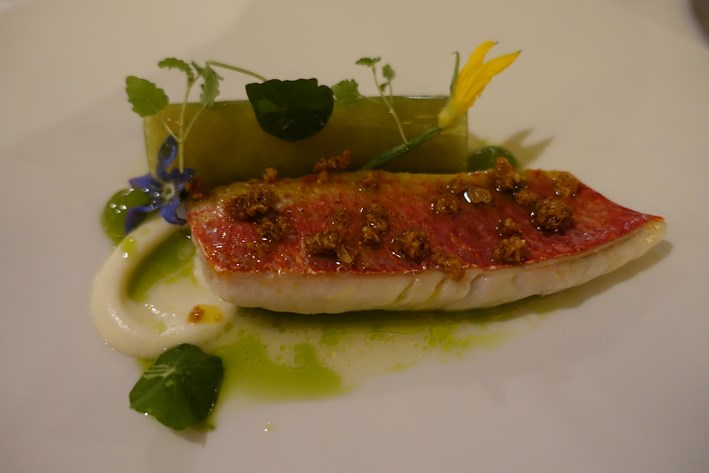
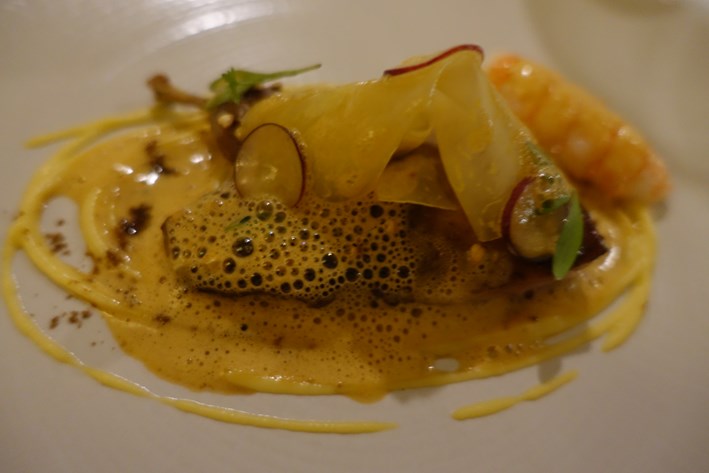
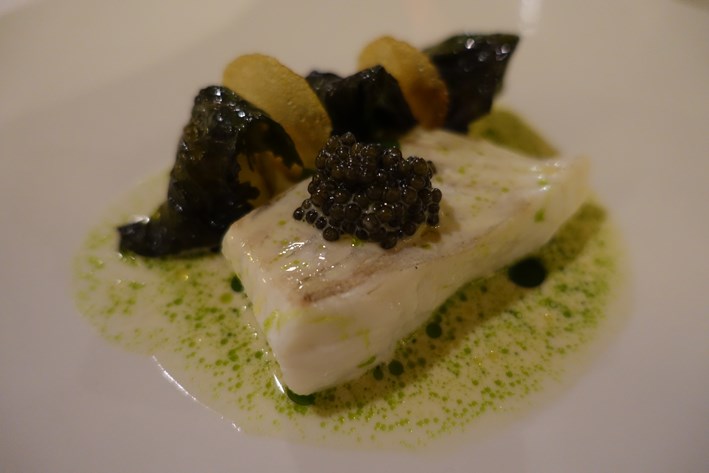

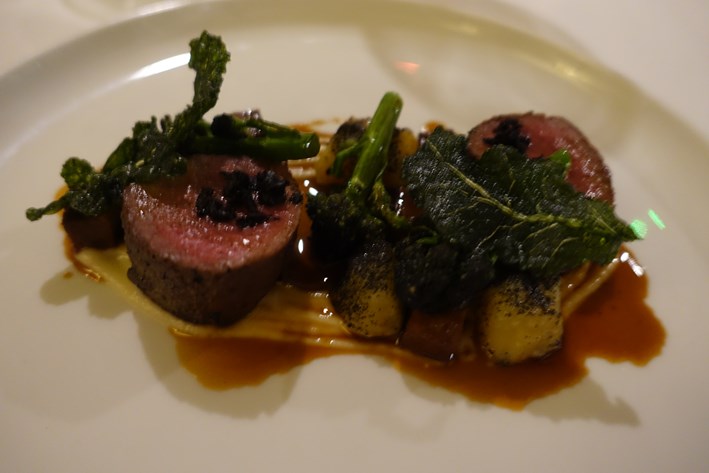




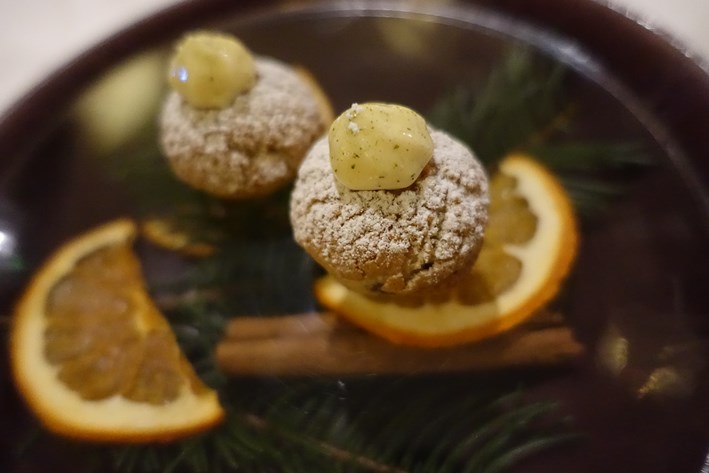

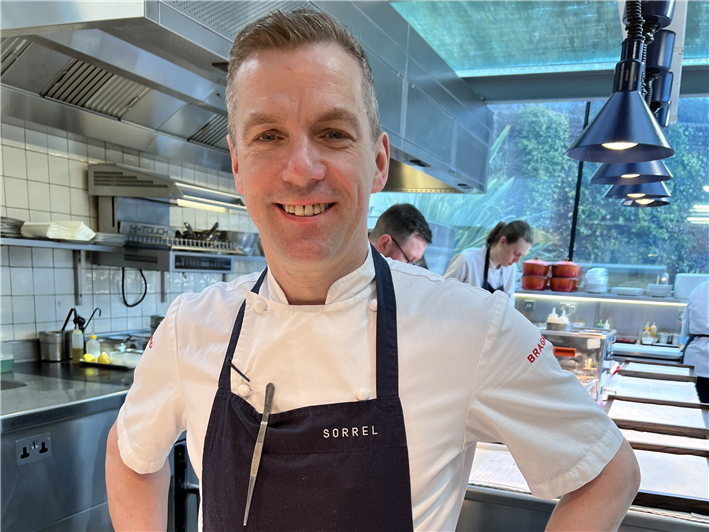


Add a comment
Thank you for submitting your comment, this will be checked and added to the website very soon.
User comments